Interested in learning about extraordinary technology? As part of the 2013 Speed2Design program, Littelfuse has teamed up with NASA to offer design engineers the chance to go behind the scenes at two of the agency's premier facilities: the Ames Research Center in Moffett Field, CA, and the Johnson Space Center in Houston, TX.
The 10 randomly chosen winners will be able to meet and speak one on one with NASA engineers involved in the NASA Technology Transfer Program to learn about technological breakthroughs in intelligent robotics, spacecraft, 3D printing, and bioengineering. An exclusive tour will give the group the unique opportunity to get an up close look at some of the most advanced space technologies. If you're one of the lucky winners of the first draw to go behind the scenes at the Ames Research Center, you can expect to see some, or maybe even all of the facility's mind-blowing technologies listed below.
Forward osmosis
As a low-resource water treatment technology, forward osmosis is ideal for spaceflight applications. It uses a semi-permeable membrane and a liquid osmotic concentrate to convert non-potable liquids into clean water that's safe for consumption. Though this technology has been around since the 1960s, according to NASA scientist Michael Flynn, it's a big new area in water recycling. NASA's forward osmosis system is one of the first larger-scale systems being developed.
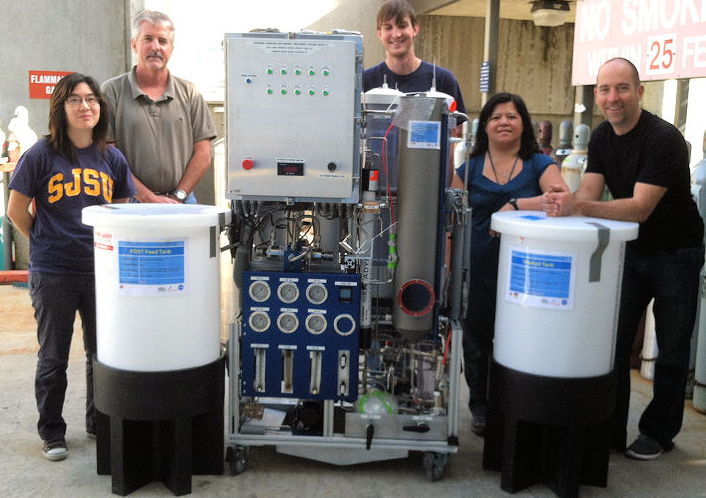
Flynn (second from left) and other researchers next to a forward-osmosis water-recycling system. Image courtesy of NASA.
80-by-120-foot wind tunnel
The National Full-Scale Aerodynamics Complex is home to the largest wind tunnel and is big enough to test full-sized planes rather than scale models. Driven by six 40-foot-diameter fans, the 80-by-120-foot wind tunnel (along with the smaller 40-by-80-foot tunnel) is going to be the new face of aircraft test programs. As the largest testing full-scale wind tunnel in the world, the massive tunnel will be used to test aerodynamics of life-size aircrafts that will be used for the military, commercially, and for outer space research.
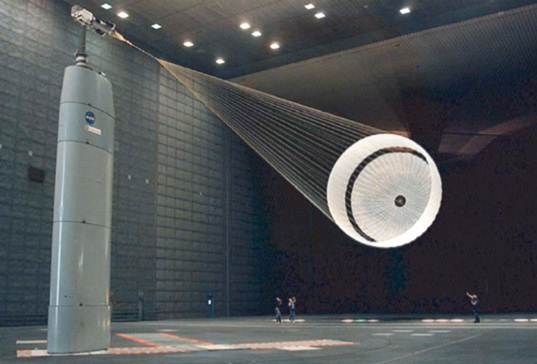
The NFAC's life-size 80-by-120- foot wind tunnel at NASA's Ames Research Center in Moffett Field, CA. Image courtesy of NASA.
Sustainability Base
The Sustainability Base is unlike any other government building ever created. Known to be one of the greenest buildings in the federal government, it uses NASA innovations originally engineered for space travel and exploration. Employees can work by natural daylight and breathe fresh air, and the decorations inside are beneficial to their health. The building is capable of adapting itself based on weather, season, and work patterns, and is a true showcase of NASA technology and a model for future buildings.
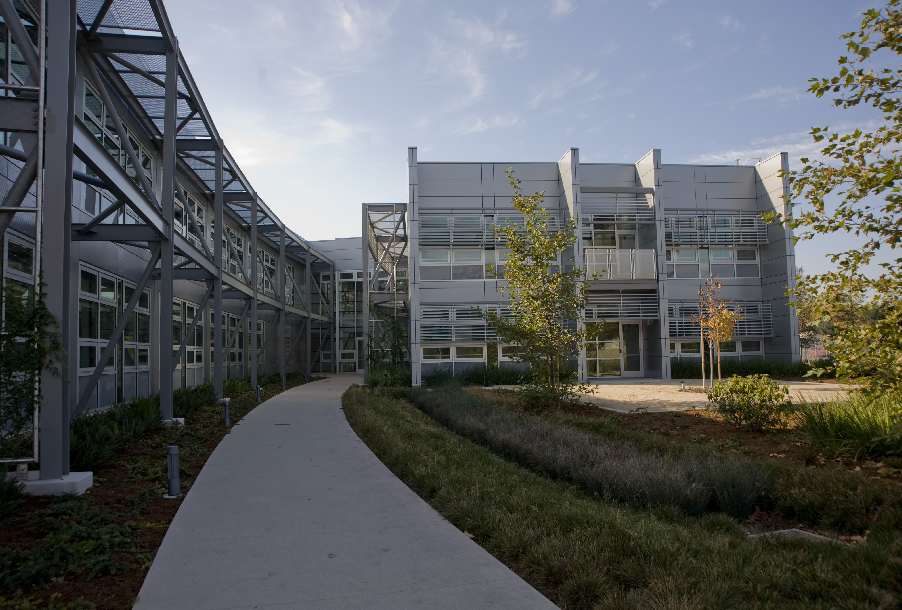
NASA's Sustainability Base is one of the greenest buildings in the federal government. Image courtesy of NASA.
PhoneSat
Intrigued by building a much smaller spacecraft based entirely on consumer devices and other low-cost systems, engineers at NASA combined a consumer-grade smartphone in conjunction with other commercial off-the-shelf components. The result was the PhoneSat project, the joint effort of three smartphones in orbit, as part of NASA's nanosatellite mission. The ultimate goal of the PhoneSat mission was to determine whether consumer-grade smartphones could be used as main flight avionics for satellites in space. NASA's PhoneSat satellites, each about the size of a coffee cup, were already equipped with many of the systems needed for a satellite, including GPS receivers, fast processors, versatile operating systems, multiple miniature sensors, and several radios. The satellites functioned in space for short periods of time, sending back small digital images of Earth and space from their smartphone cameras before burning up in Earth's atmosphere. Engineers at NASA's Ames Research Center pieced together the multiple tiny pictures in order to form the complete view of Earth.
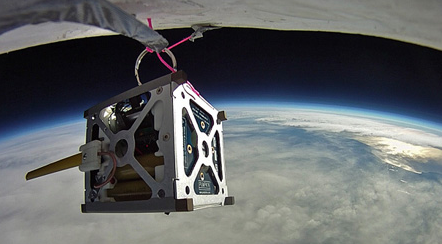
PhoneSat demonstration. Image courtesy of NASA.
Hyperwall
Capable of displaying multiple high-definition data visualizations and/or images simultaneously across an arrangement of screens, NASA's hyperwall is a video wall that functions as a key component at many NASA exhibits. It's used to help explain phenomena, ideas, and examples of world change. Many of the existing hyperwall stories reveal change across space and time, and others display large-scale still-images along with descriptive, engaging captions.
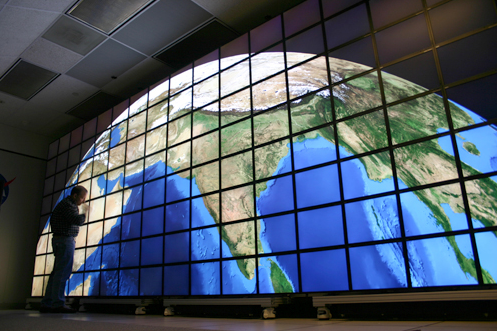
NASA's amazing hyperwall. Image courtesy of NASA.
So, are you ready to win the chance of a lifetime? The drawing for Speed2Design's Exploration & Discovery event at NASA Ames Research Center is July 24th, so enter the Speed2Design 2013 Sweepstakes now!
To learn more about the 2013 Speed2Design contest, visit speed2design.com.
Advertisement
Learn more about Electronic Products MagazineLittelfuseNasa





